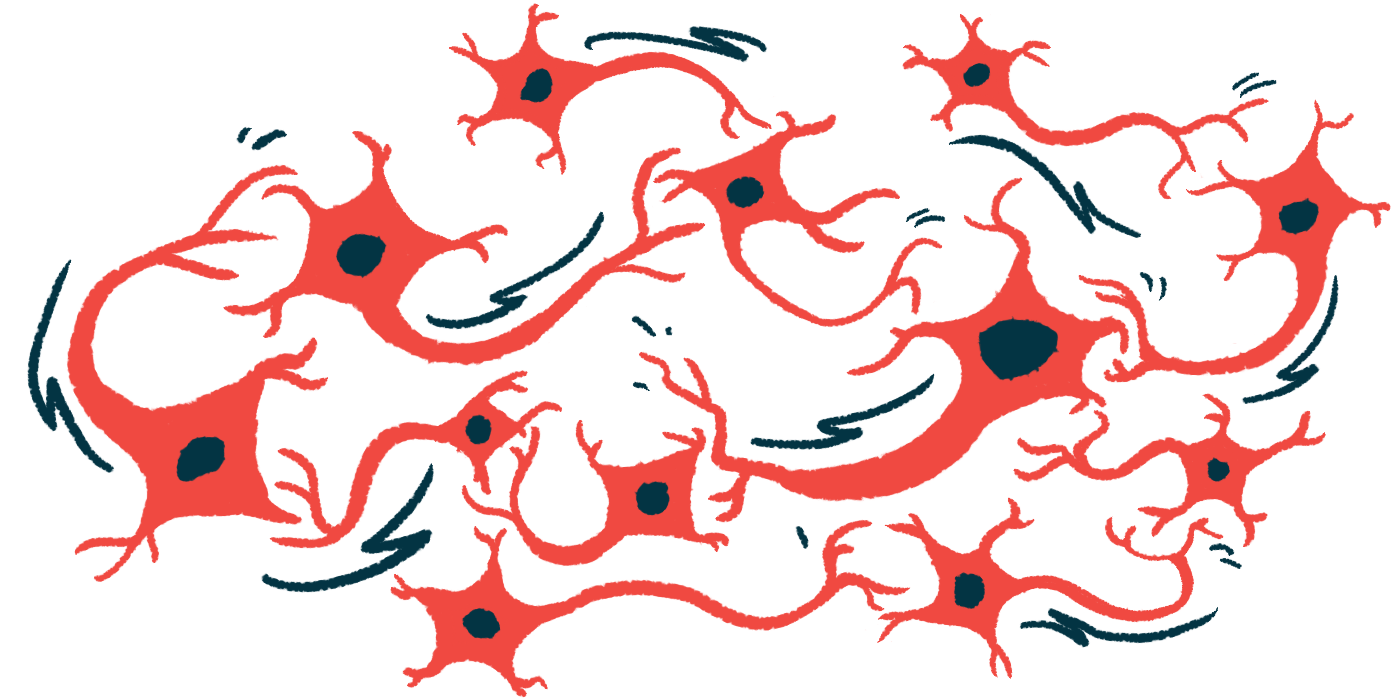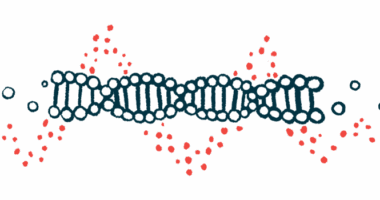Scientists reverse cell aging in mice, delaying ALS onset
Study points to potential ALS treatment strategy

Genetically reprogramming nerve cells to reverse aging may be a viable strategy for treating amyotrophic lateral sclerosis (ALS), a mouse study showed.
Researchers found that a gene therapy made the mice’s nerve cells younger and more resilient, which delayed the onset of ALS symptoms.
“Our hope is that this work will open the door to future therapies for age-related neurodegenerative diseases,” Emily Lowry, PhD, co-director of Columbia University’s Project ALS Therapeutics Core and the study’s lead author, said in a university news story.
The study, “Embryonic motor neuron programming factors reactivate immature gene expression and suppress ALS pathologies in postnatal motor neurons,” was published in Nature Neuroscience.
ALS is characterized by the degeneration and death of motor neurons, the nerve cells responsible for controlling voluntary movement. Loss of these nerve cells leads to ALS symptoms like muscle weakness and paralysis.
Reversing cell aging turns motor neurons into ‘teenagers’
Most people with ALS do not develop symptoms until adulthood. Although the causes of ALS aren’t completely understood, it’s thought that the biological processes involved in aging play a role in the disease’s development.
It’s possible that young nerve cells may be better able to resist the damage that drives ALS, but as nerve cells age they may become more susceptible to this damage, and eventually the disease sets in.
“We know that even in people who are born with mutations that almost always cause ALS, the motor neurons do not degenerate for several decades,” said Hynek Wichterle, PhD, a professor at Columbia and senior author of the study. “It’s the most direct evidence that the young motor neuron is much more resilient in the face of the disease.”
If that’s true, then researchers reasoned, it might be possible to treat ALS by reprogramming aged motor neurons to take on the properties of younger cells.
“We thought, what if we just went back in time in a motor neuron’s normal development to make the neurons just a little bit younger,” Lowry said.
While this has been done successfully to turn mature cells into a stem-like state, resembling the cells found in an embryo’s earliest stages, such an approach produces cells that no longer behave like the mature cells.
“If that happened with motor neurons, it could cause paralysis,” Lowry says. “We wanted motor neurons that were more like teenagers than embryos.”
Genetic engineering makes reversal possible
The researchers conducted a series of tests focusing on two transcription factors, ISL1 and LHX3. Transcription factors are proteins that control which genes are turned on or off in cells, which ultimately helps to govern cellular activity.
ISL1 and LHX3 are normally produced, or expressed, in motor neurons that are formed in the womb, but their levels are substantially reduced after birth.
Using genetic engineering techniques, the researchers tested whether reactivating these two transcription factors in mature motor neurons would help prevent damage in a mouse model of ALS.
“We hypothesized that reexpression of these factors in [mature motor neurons in living animals] could reactivate an immature gene expression state, increase the ability of motor neurons to buffer intracellular stress and reset motor neuron resistance to the deleterious effects of ALS-causing mutations,” the scientists wrote.
In other words, Lowry said, “we thought, what if we just went back in time in a motor neuron’s normal development to make the neurons just a little bit younger?”
The researchers used a model of ALS caused by mutations in the SOD1 gene. At the molecular level, this model is marked by abnormal clumps of SOD1 protein and other proteins in nerve cells, which are thought to be toxic and drive disease progression.
They found that increasing the levels of the two transcription factors led to a reduction in toxic protein clumps in mice’s nerve cells. The transcription factors also led to changes in the genetic activity of motor neurons that was similar to what’s seen in healthy young nerve cells, suggesting that these factors can indeed help old motor neurons take on the properties of young cells.
“It’s the first time that motor neurons have been rejuvenated in any kind of capacity,” Wichterle said. “The results provide compelling proof that we can revert adult neurons to a more immature state without compromising their normal function.”
Data also indicated that early expression of the two transcription factors led to delayed symptom onset and improved survival of motor neurons.
“Collectively, these findings support the idea that the early effects of ISL1 and LHX3 on [protein toxicity] translate into long-term motor neuron protection and survival,” the scientists concluded.
Overall, the findings support the idea that modulating aspects of cellular age could be a viable strategy to treat ALS. A notable caveat, however, is that the study was done in mice, so further work is needed to investigate how to translate the findings into safe treatments for people.
The researchers are conducting further tests in hopes of identifying which gene or genes controlled by the transcription factors are responsible for these protective effects, which could potentially be targeted with new drugs.
“The two factors control about 200 other genes in the motor neurons, but it’s possible that just one or two of those genes are sufficient and could be targeted with a drug,” Lowry said. “We’re looking through all the possibilities right now.”








